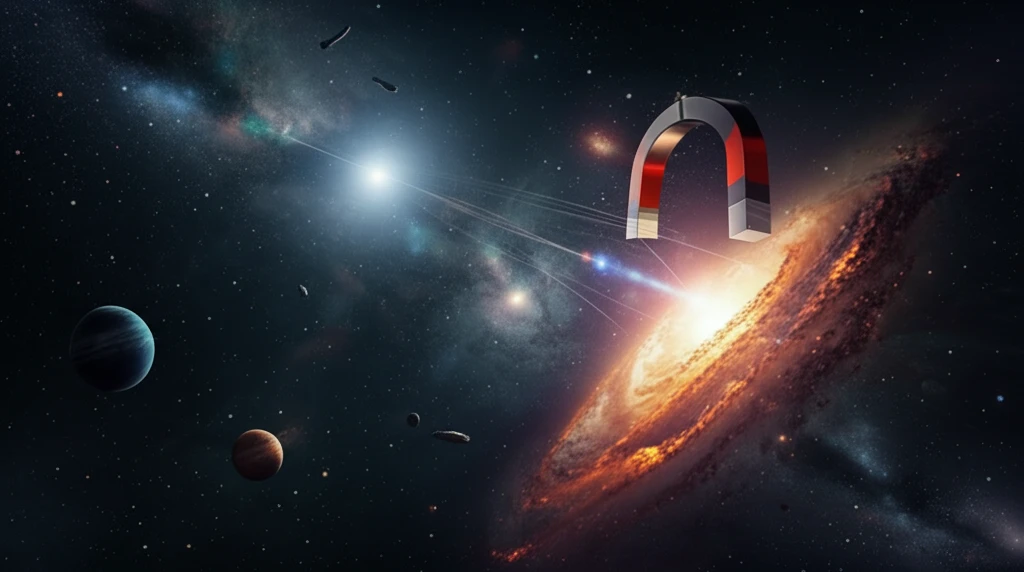
Cosmic Collisions: Unraveling the Secrets of Gamma-Ray Bursts and Supernovae
"New research sheds light on the explosive relationship between GRBs and SNe, hinting at the power of magnetars and the energy dynamics of these cosmic events"
Gamma-ray bursts (GRBs) and supernovae (SNe) are the most powerful explosions known in the universe. GRBs release an immense amount of energy, around 10^52 ergs, while supernovae emit approximately 10^51 ergs. For a long time, their connection remained a mystery, until the discovery of the first association between a faint GRB, GRB 980425, and a Type Ic supernova, SN 1998bw. This event sparked further investigations, revealing more instances of GRBs linked to supernovae, deepening our understanding of stellar cataclysms.
Long GRBs typically originate in active star-forming regions within irregular galaxies, suggesting a link to the collapse of massive stars. Both phenomena are connected to a specific kind of Type Ic SNe, born from the collapse of special massive stars, called collapsars. In these stellar explosions, a central engine is believed to be the source of the intense energy. Scientists have proposed two main models for these post-collapse central engines: black holes and magnetars.
This article explores a new study analyzing the connection between GRBs and supernovae, focusing on the possibility of magnetars powering these events. By examining a collection of GRB/SN associations, the research investigates the energy distribution within these systems and the potential role of magnetars in driving these powerful explosions.
Unveiling the Connection: GRBs, Supernovae, and Magnetars

The new research systematically analyzed multi-wavelength data from GRB/SN associations detected before June 2017, looking at twenty GRB/SN systems confirmed through spectroscopic evidence or distinct light curve patterns. Basic physical parameters of both the GRBs and SNe were derived and compared, revealing intriguing correlations. The study found that supernovae associated with GRBs tend to have higher peak brightness, larger 56Ni mass, and greater explosion energy compared to typical Type Ib/c SNe.
- Peak Brightness and Energy: Supernovae linked to GRBs shine brighter and release more energy.
- GRB-SN Correlation: A confirmed link exists between GRB peak energy and SN brightness.
- Energy Partition: Most systems channel less than 30% of their total energy into relativistic jets.
- Magnetar Connection: Data aligns with the hypothesis that millisecond magnetars power GRB/SN systems.
Implications and Future Research
This study provides compelling evidence for the association between GRBs and supernovae, suggesting that magnetars play a crucial role in powering these events. By statistically analyzing a sample of 20 GRB/SN associations, the research sheds light on the energy dynamics and potential mechanisms driving these cosmic explosions. Understanding the connection between GRBs and supernovae not only enriches our knowledge of stellar evolution but also helps us to understand the universe. Future research should focus on expanding the sample size and refining the models to include more complex factors, such as aspherical explosions. By probing these explosive phenomena, we can further unveil the fundamental laws governing the most extreme events in the cosmos.
